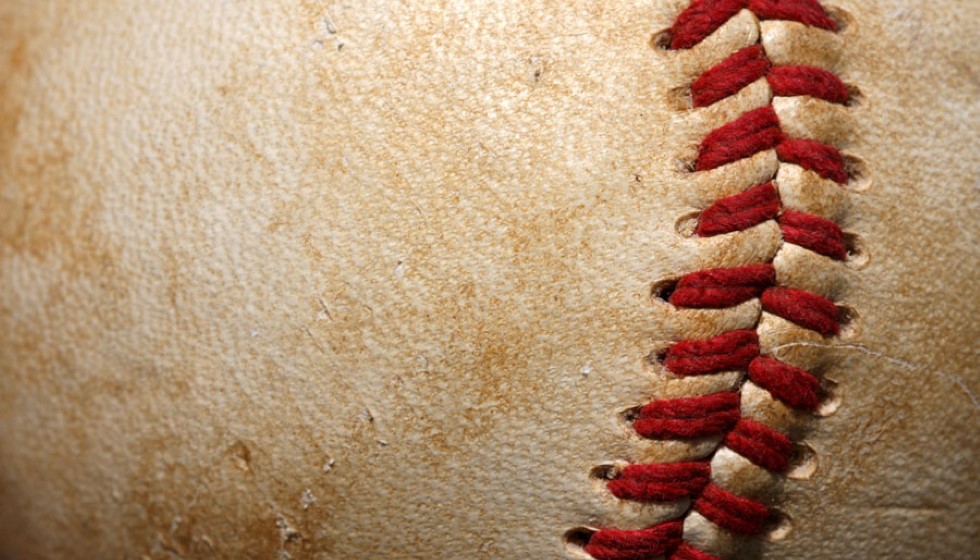
The 2023 Major League Baseball (MLB) season is witnessing a troubling surge in pitcher injuries, raising alarms across the baseball community. With an unprecedented number of players sidelined, specifically with torn elbow ligaments, concerns over player health, game rules, and pitching strategies are intensifying. This disturbing trend is not just a minor blip on the radar but a significant issue that could reshape the future of baseball.
A Growing Epidemic
Eury Pérez and Shane Bieber, among the game's brightest pitching talents, have had their seasons abruptly ended due to torn elbow ligaments. They are not alone; Jonathan Loáisiga and Spencer Strider are also out for the remainder of the season, having undergone elbow surgeries. Even Framber Valdez, known for his resilience, was sidelined due to elbow soreness. In total, an astonishing 34.2% of pitchers who have appeared in MLB games bear the scars of Tommy John surgery, a procedure that reconstructs torn elbow ligaments. Furthermore, an eye-opening statistic reveals that 132 pitchers were placed on the injured list on Opening Day, accounting for 80% of all such assignments. Clearly, the wave of injuries plaguing pitchers is at a critical juncture and demands immediate attention.
Identifying the Culprits
Several factors are believed to contribute to this alarming rise in injuries. Tony Clark, head of the MLB Players Association, has pointed fingers at the introduction and subsequent reduction of the pitch clock, arguing that these changes have put additional strain on pitchers, though MLB officials have countered this claim with studies suggesting no direct correlation. Additionally, the push for pitchers to throw harder has been identified as a key risk factor. The crackdown on the use of foreign substances, which some pitchers relied on for better grip and control, is also thought to have exacerbated the situation.
Moreover, the culture of early specialization in youth baseball, with an excessive focus on velocity over form, is likely laying the groundwork for injuries that manifest later in players’ careers. The overall strategy shift towards maximizing effort on every pitch, while seemingly beneficial in the short term, is proving detrimental to players' long-term health and career longevity.
Vocal Concerns from Players and Union
The MLB Players Association has voiced its disapproval, particularly of the changes to the pitch clock. A statement criticized the Commissioner's Office for reducing the pitch clock length despite "unanimous player opposition and significant concerns regarding health and safety." This move, following what was described as "the most significant rule change in decades," has emerged as a contentious issue.
The balancing act between harnessing a pitcher's full capabilities and the inherent risk of injury poses a complex dilemma. “It's a double-edged sword,” remarks from within the MLB community have echoed, illustrating the conflict between allowing pitchers to unleash their top speeds, some reaching the enviable 100 mph mark, and the urgent need to reevaluate current practices to ensure player safety.
The Path Forward
The MLB is at a critical crossroads where the thrill of the game and the health of its players are in delicate balance. As the league and its stakeholders grapple with these challenges, a comprehensive approach that includes rethinking pitching strategies, revisiting game rules such as the pitch clock, and nurturing a culture that prioritizes form and sustainability over sheer velocity may be the key to protecting the future of baseball. As the season progresses, the hope is that through dialogue, research, and perhaps policy adjustments, a safer path forward can be forged for pitchers, ensuring that the game’s essence is preserved while safeguarding its greatest assets—the players themselves.
What remains clear is that the conversation surrounding pitcher injuries, and the factors contributing to them, is far from over. As more data becomes available, and the voices of players and experts continue to be heard, the MLB faces a pivotal moment in its storied history. How it responds to this crisis will not only affect the current generation of players but also set the course for the future of America's beloved pastime.